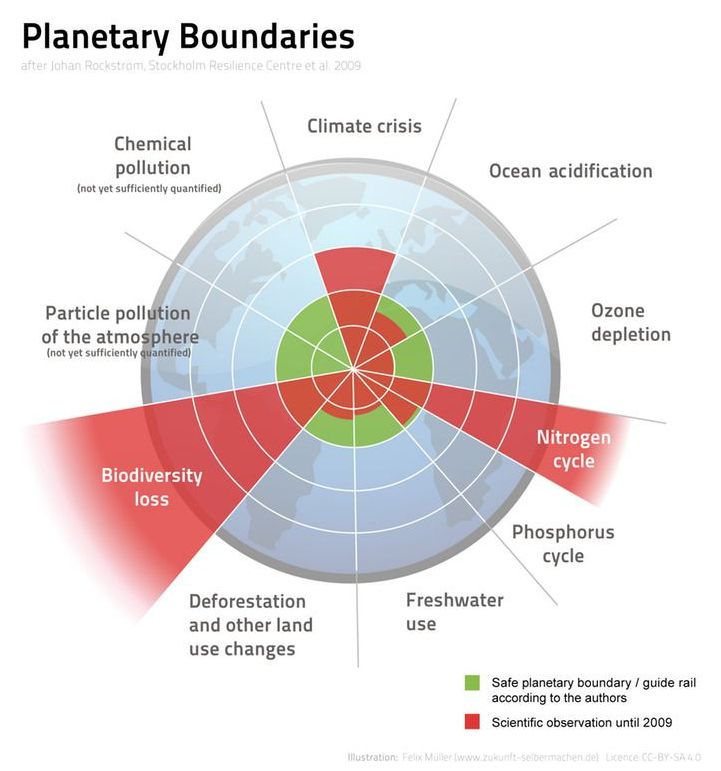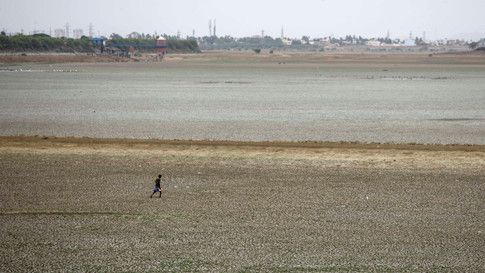(Natural News) A series of incidents that have occurred in close proximity to each other over the past several days are leading many to believe that technology is failing society and that U.S. infrastructure is collapsing faster than previously believed.
On Saturday, a wide swath of Manhattan’s West Side was plunged into darkness for several hours, and the electric company officials responsible for providing the power — Con Edison — are not sure why the failure occurred.
As reported by the New York Post, the company said in a statement late Sunday morning that it “will be conducting a diligent and vigorous investigation to determine the root cause of the incident.”









